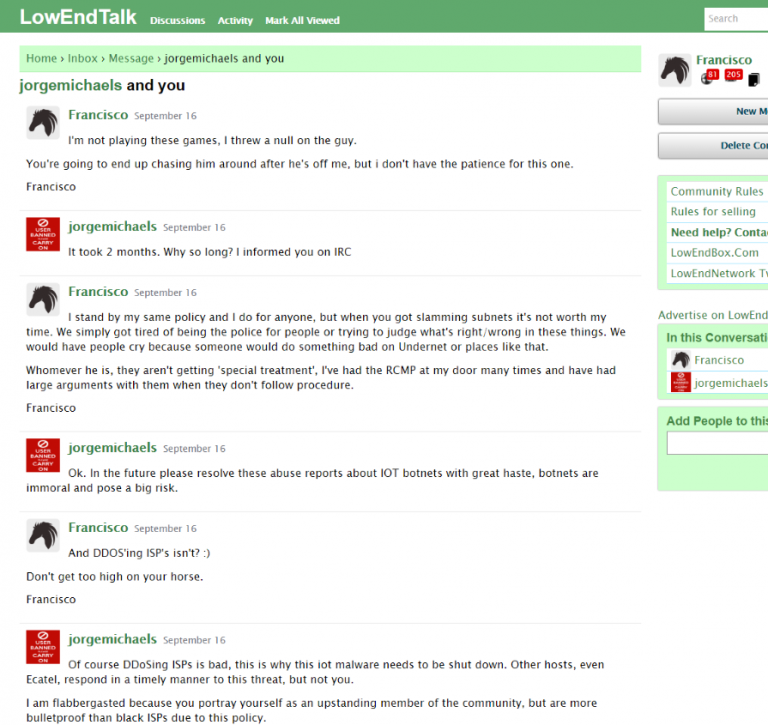고정 헤더 영역
상세 컨텐츠
본문

- Xca Support Requests 6 Xca 0.9.0 For Mac Pc
- Xca Support Requests 6 Xca 0.9.0 For Mac
- Xca Support Requests 6 Xca 0.9.0 For Mac Download
XCA for Linux v.0.9.1 XCA is a graphical user interface for creating RSA/DSA/ECC keys, certificates, signing requests and revokation lists. With XCA certificate signing and managing becomes an easy task. It supports keys on SmartCards via the PKCS#11 library interface. Feb 9, 2017 - 11.1.6 Streaming Response Content. ClientSession supports keep-alive requests and connection pooling out-of-the-box. Assert exc.got == b' xca;I x9cuv x8es x138N$? X15 xca xcb'. Unfortunately there are problems with running spell checker on MacOS X. 11.19.66 0.9.0 ().
Hi, We are using a 3200 controller and we are using it for 802.1x termination. We have uploaded the aruba controller server certificate (1024, pem format) and the CA (we only have one CA which is the root CA in this case) certificate as the trusted CA cert. We are using the internal database as the server group. Also we have the client cert. Installed and the CA root cert in the client computer.
However, we are not getting an authentication success from the controller. Do we need to place something in the internal database? I looked at the internal database and the only thing we can add in there is a username and a password which I am not sure how that works with EAP-TLS (we are using EAP-TLS). We don't have any AD, LDAP or RADIUS. Any thoughts? Thanks for the information. However, we are using an open source CA called XCA which generates the certificates.
Xca Support Requests 6 Xca 0.9.0 For Mac Pc
We have the CA certificate in the controller, an Aruba Cert. In the controller and a client certificate in the client all issued/signed by thesame CA we created under XCA. The XCA computer is not connected to the network.
Xca Support Requests 6 Xca 0.9.0 For Mac
I would like to know if it's necessary to have an AD, IIS etc.? ALso, the 3200 does not have 'force machine authentication'. One thing I also noticed is that even if you use the aruba controller server cert. Under the dot1x authentication profile, the reference value is still '0'. I did some packet captures and I can see EAP-TLS request and response from the controller(AP's MAC) but I don't see an Auth.
Is the AD piece what's missing? Let me see if I can help this along. You should generate a CSR for the controller and have it signed by XCA.
Import that back into the controller using the instructions provided, if you have not done that already. It is NOT necessary to have a radius server or AD server. The server in the document is a CA that just happens to be a Microsoft one and it is only used to issue certificates. It could easily be any other CA. The controller, as configured in the document, merely exists to allow client devices on the network whose certificates were issued by the CA that signed the certificates. Machine authentication is specific to Active Directory and should not be used in this context. Let me see if I can help this along.
You should generate a CSR for the controller and have it signed by XCA. Import that back into the controller using the instructions provided, if you have not done that already.
It is NOT necessary to have a radius server or AD server. The server in the document is a CA that just happens to be a Microsoft one and it is only used to issue certificates. It could easily be any other CA. The controller, as configured in the document, merely exists to allow client devices on the network whose certificates were issued by the CA that signed the certificates.
Machine authentication is specific to Active Directory and should not be used in this context. Yes, I generated a CSR and imported it in XCA.
Xca Support Requests 6 Xca 0.9.0 For Mac Download
The extension name of the CSR is a.txt because I just pasted it in a text file. I imported it into XCA and signed it using the CA root cert that we created. We created another certificate for the client with the signature of the root CA cert that we created. The problem I am seeing is I can import the CA root cert and the generated Aruba controller Server cert into the aruba certificate list, also I used both of them under the dot1x profile (CA Certificate drop down and Server certificate drop down).

However, when I go to the list of certificates (Under Certificates tab) I can see that the CA cert is referenced once, but not the server certificate (referenced as 0). We don't have anything in our network other than the 2 switches (A and B), 1 router and 1 controller and 1 AP.





